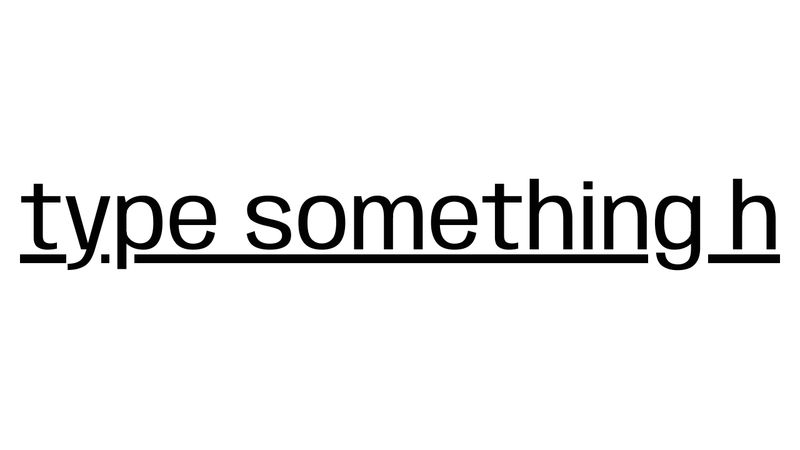
else p A variable named "title" does not exist. col if title p A variable named "title" exists.

p = 'Evaluated and escaped expression:' + title // You can add single line JavaScript comments and they are generated to HTML comments //- Introducing a single line JavaScript comment with "//-" ensures the comment isn't rendered to HTML p A line with a link a ( href = '/catalog/authors' ) Some link text | and some extra text. body h1 = title p This is a line with # and # markup. “Developing template engines for Express”.ĭocumentation translations provided by StrongLoop/IBM:įrench, German, Spanish, Italian, Japanese, Russian, Chinese, Traditional Chinese, Korean, Portuguese.Ĭommunity translation available for: Slovak, Ukrainian, Uzbek, Turkish and Thai.Doctype html html ( lang = "en" ) head title = title script ( type = 'text/javascript' ).

To learn more about how template engines work in Express, see: The view is still re-rendered with every request even when the cache is on. Note: The view engine cache does not cache the contents of the template’s output, only the underlying template itself. When you make a request to the home page, the index.pug file will be rendered as HTML. You must specify the extension of the view file. Then create a route to render the index.pug file.

app.set('view engine', 'pug')Ĭreate a Pug template file named index.pug in the views directory, with the following content: html Library follows this convention by mapping all of the popular Node.js template engines, and therefore works seamlessly within Express.Īfter the view engine is set, you don’t have to specify the engine or load the template engine module in your app Įxpress loads the module internally, as shown below (for the above example). Some template engines do not follow this convention. Which is called by the res.render() function to render the template code. Express-compliant template engines such as Jade and Pug export a function named _express(filePath, options, callback),


 0 kommentar(er)
0 kommentar(er)
